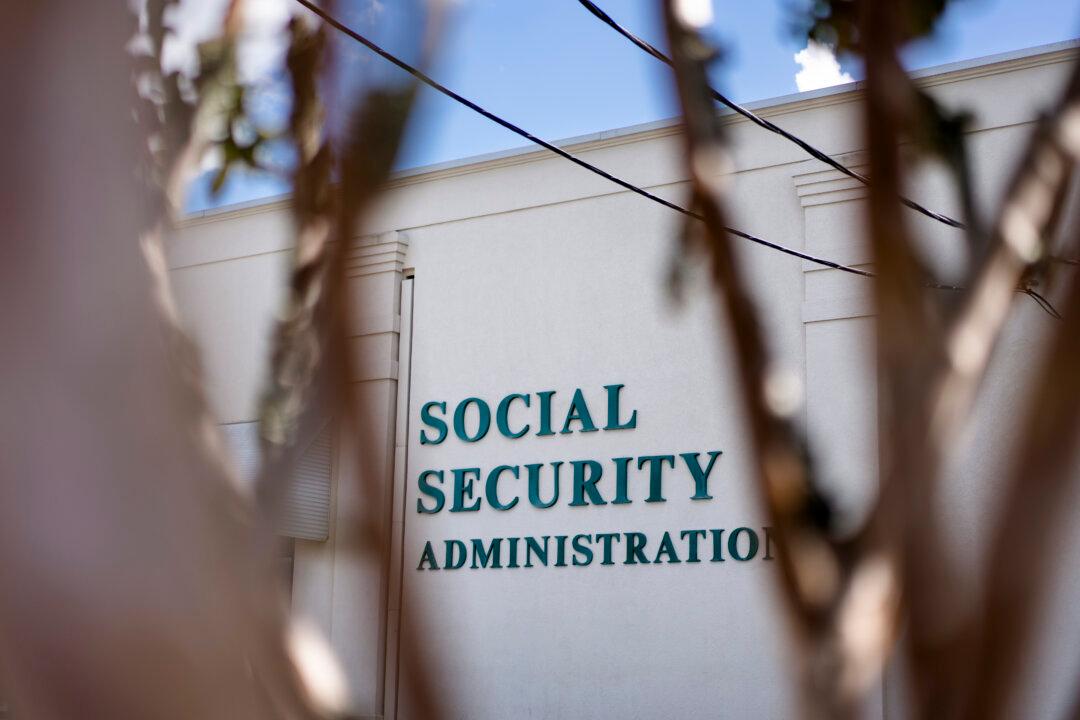“There have been 11 outbreaks (defined as three or more related cases) reported in 2025, and 93 percent of confirmed cases (820 of 884) are outbreak-associated,” the agency stated. “For comparison, 16 outbreaks were reported during 2024, and 69 percent of cases (198 of 285) were outbreak-associated.”
At the end of March, the number was approximately 736, so about 148 new cases have been reported in April, based on weekly CDC estimates.
“Some people think of measles as just a little rash and fever that clear up in a few days. But measles can cause serious health complications, especially in children younger than 5 years old.”
The highest number of cases so far this year has been among 5- to 19-year-olds, with 338 individuals infected with the illness. Children younger than the age of 5 years were the group with the next highest number of infections.
In total, there have been three confirmed measles-related deaths so far.
The measles case number this year, as of April 24, is more than three times higher than the 285 incidents reported in the entirety of 2024.
The most affected state in 2025 is Texas. New Mexico is next, with Oklahoma, Kansas, Pennsylvania, and Ohio also seeing sizable numbers.
“There have been two fatalities in school-aged children who lived in the outbreak area. The children were not vaccinated and had no known underlying conditions,” the agency stated.
“Due to the highly contagious nature of this disease, additional cases are likely to occur in the outbreak area and the surrounding communities.”
If a health care provider suspects a patient has measles, the individual should be “immediately” isolated, “ideally in a single-patient airborne infection isolation room (AIIR), or in a private room with a closed door until an AIIR is available.”
The agency advised people with measles to contact their health care providers before going in so that “facilities can limit additional exposures.”
MMR Vaccination
The CDC advises people to prevent measles by getting a measles, mumps, and rubella (MMR) vaccine, especially if they are considering travel.“Before the measles vaccine was introduced, an estimated 48,000 people were hospitalized and 400–500 people died in the United States each year,” it stated.
“Vaccines not only protect individual children from measles, but also contribute to community immunity, protecting those who are unable to be vaccinated due to medical reasons,” he said.
Kennedy said that “the decision to vaccinate is a personal one.”
The decline in antibody levels “suggests that vaccine-induced protection may be compromised and results in an increase in the proportion of seronegative/borderline individuals,” the study states.







